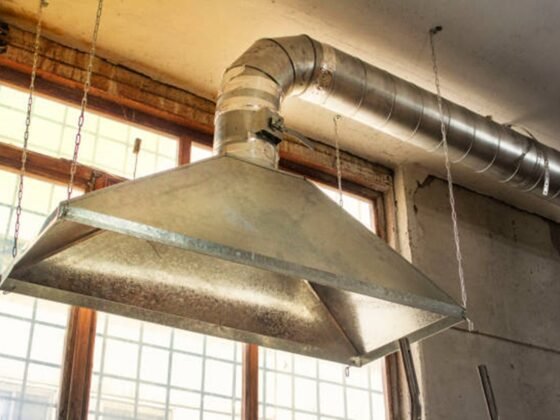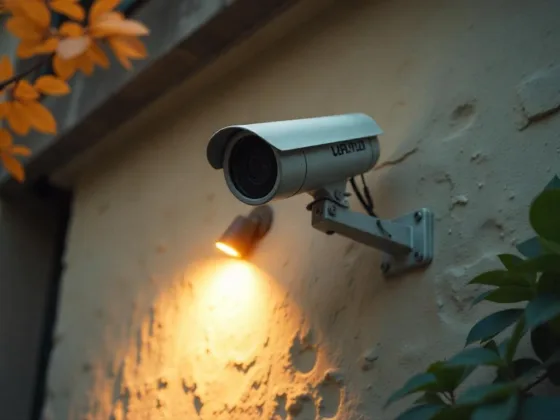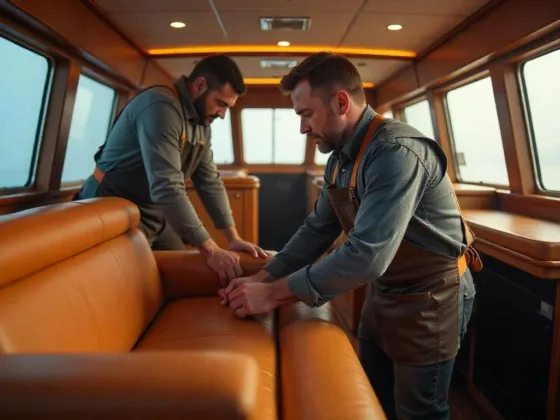Table of Contents Show
When it comes to maintaining the integrity and longevity of your roof, addressing common roof problems promptly is essential. In the beautiful city of Perth, where weather conditions can be unpredictable, the significance of roof restoration cannot be emphasized enough. Roof restoration Perth services offer homeowners and property managers the expertise and solutions needed to overcome a wide range of roof issues.
From roof leaks and blistering to moss growth and structural damage, roofs in Perth are susceptible to various problems that can compromise their functionality and aesthetics. Fortunately, professional roof restoration services in Perth specialize in identifying and resolving these issues, ensuring that your roof remains robust and resilient against the harsh Australian climate.
Whether you own a residential property or manage commercial buildings, understanding the common roof problems you may encounter is vital. This knowledge empowers you to recognize warning signs, take proactive measures, and engage the services of roof restoration professionals when needed. By addressing these problems in a timely manner, you can prevent further damage, minimize repair costs, and extend the lifespan of your roof.
The roof of a building is one of its most important components, providing protection from the elements and ensuring the safety and comfort of the occupants. However, over time, roofs can develop various issues that require attention and restoration. In this article, we will explore some of the common roof problems that homeowners and property managers encounter and discuss the restoration solutions available to address them.
Roof Leaks
One of the most prevalent roof problems is leaks. Leaks can occur due to damaged or missing shingles, deteriorated flushing, or worn-out sealants around vents and chimneys. To restore a leaking roof, the first step is to identify the source of the leak. This may involve a thorough inspection of the roof or hiring a professional roofing contractor.
Once the source is identified, the damaged shingles can be replaced, flashing can be repaired or replaced, and new sealants can be applied to prevent further leakage.
Read Also:
Roof Blistering
Roof blistering is a common problem in areas with hot climates. It occurs when moisture becomes trapped between the layers of the roof, causing bubbles or blisters to form. To restore a blistered roof, the blisters need to be carefully cut open, and the moisture should be allowed to escape. The affected area can then be repaired and resealed to prevent future blistering.
Roof Shrinkage
Roof shrinkage is typically observed in roofs made of single-ply membranes, such as EPDM or TPO. It occurs when the membrane material shrinks over time, causing stress on the roof and leading to cracks, splits, and gaps. To restore a roof affected by shrinkage, the damaged sections of the membrane need to be replaced, and the seams should be properly sealed to ensure a watertight roof.
Roof Ponding
Ponding refers to the accumulation of water on a flat or low-sloped roof. It can occur due to inadequate drainage or improper roof design. Over time, ponding water can lead to roof deterioration, including membrane damage, leaks, and structural problems. Roof restoration solutions for ponding include improving roof drainage systems, adding tapered insulation to promote water runoff, and applying a protective coating to the roof surface to enhance its waterproofing properties.
Roof Moss and Algae Growth
In areas with high humidity and shaded environments, roofs are susceptible to moss and algae growth. Not only do they create an unsightly appearance, but they can also retain moisture and accelerate roof deterioration. To restore a roof affected by moss and algae, a thorough cleaning process is necessary. This involves removing the moss and algae manually or using specialized cleaning solutions, followed by the application of a protective coating to prevent future growth.
Roof Hail Damage
Hailstorms can cause significant damage to roofs, including dented or cracked shingles, punctured membranes, and compromised flashing. To restore a hail-damaged roof, the extent of the damage needs to be assessed. The damaged shingles or roofing materials should be replaced, and any underlying structural issues should be addressed. It is advisable to seek professional assistance when dealing with hail damage restoration.
Roof Ventilation Issues
Proper roof ventilation is crucial for maintaining a healthy and functional roof system. Inadequate ventilation can lead to moisture buildup, which can cause mold growth, wood rot, and premature roof deterioration. Roof restoration solutions for ventilation problems may involve installing additional vents, improving airflow through the attic, or adding insulation to regulate temperature and moisture levels.
Roof Structural Damage
Severe weather events, such as strong winds or falling trees, can result in roof structural damage. This may include sagging or buckling roofs, damaged trusses or rafters, and compromised load-bearing elements. Restoring a roof with structural damage requires professional assessment and expertise.
A structural engineer or a roofing contractor will evaluate the extent of the damage and determine the appropriate restoration solution. This may involve reinforcing the damaged structural elements, replacing compromised sections, or even considering a complete roof replacement if necessary.
Roof Flashing Issues
Flashing plays a crucial role in preventing water infiltration around roof openings, such as chimneys, skylights, and vents. However, over time, flashing can deteriorate due to exposure to weather elements, leading to leaks and water damage. Restoring roof flashing involves inspecting and repairing or replacing damaged flashing materials. It is essential to ensure that the flashing is correctly installed and sealed to provide a watertight barrier.
Roof Aging and Wear
Roofs, like any other component of a building, age and undergo wear and tear over time. Shingles may become brittle, membranes may degrade, and protective coatings may erode. Roof restoration for aging and worn roofs may include a combination of repairs and maintenance.
This can involve replacing damaged shingles or membranes, applying new protective coatings, reinforcing weak areas, and conducting regular inspections and maintenance to extend the roof’s lifespan.
In all cases of roof problems and restoration, it is advisable to consult with professional roofing contractors or experts who have the knowledge and experience to assess the situation accurately and provide appropriate solutions. They have the necessary skills, tools, and materials to carry out roof restoration effectively and ensure the longevity and functionality of the roof.
Regular roof maintenance and inspections are key to identifying and addressing problems early on, preventing further damage, and extending the lifespan of the roof. It is recommended to schedule routine inspections and maintenance to catch any potential issues before they escalate into more significant problems.
In Conclusion
common roof problems such as leaks, blistering, shrinkage, ponding, moss and algae growth, hail damage, ventilation issues, structural damage, flashing issues, and aging and wear can all be addressed through proper roof restoration techniques.
Whether it involves repairing damaged components, reinforcing structural elements, improving drainage, or applying protective coatings, timely and effective restoration solutions are crucial to maintaining a secure, durable, and weather-resistant roof.
By investing in regular maintenance and addressing problems promptly, homeowners and property managers can ensure the long-term integrity of their roofs and protect their investment in the property.










